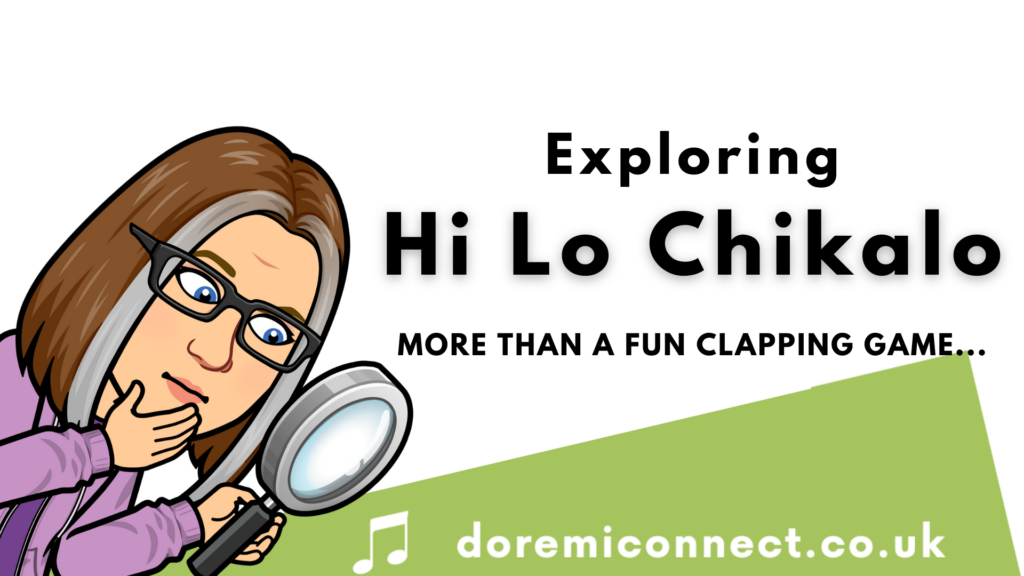I just love taking really simple songs that we can use multiple times throughout the journey of students musical education and give them different learning opportunities from simple to complex and thus proving that the Kodály approach is not just for babies, it is can also really can provide very challenging activities for older children, teenagers and even adults!


[…] In my last blog I told you how I introduce Hi Lo Chikalo, using it for rhythmic dictation and game ideas. Did you miss it? Catch up here. […]